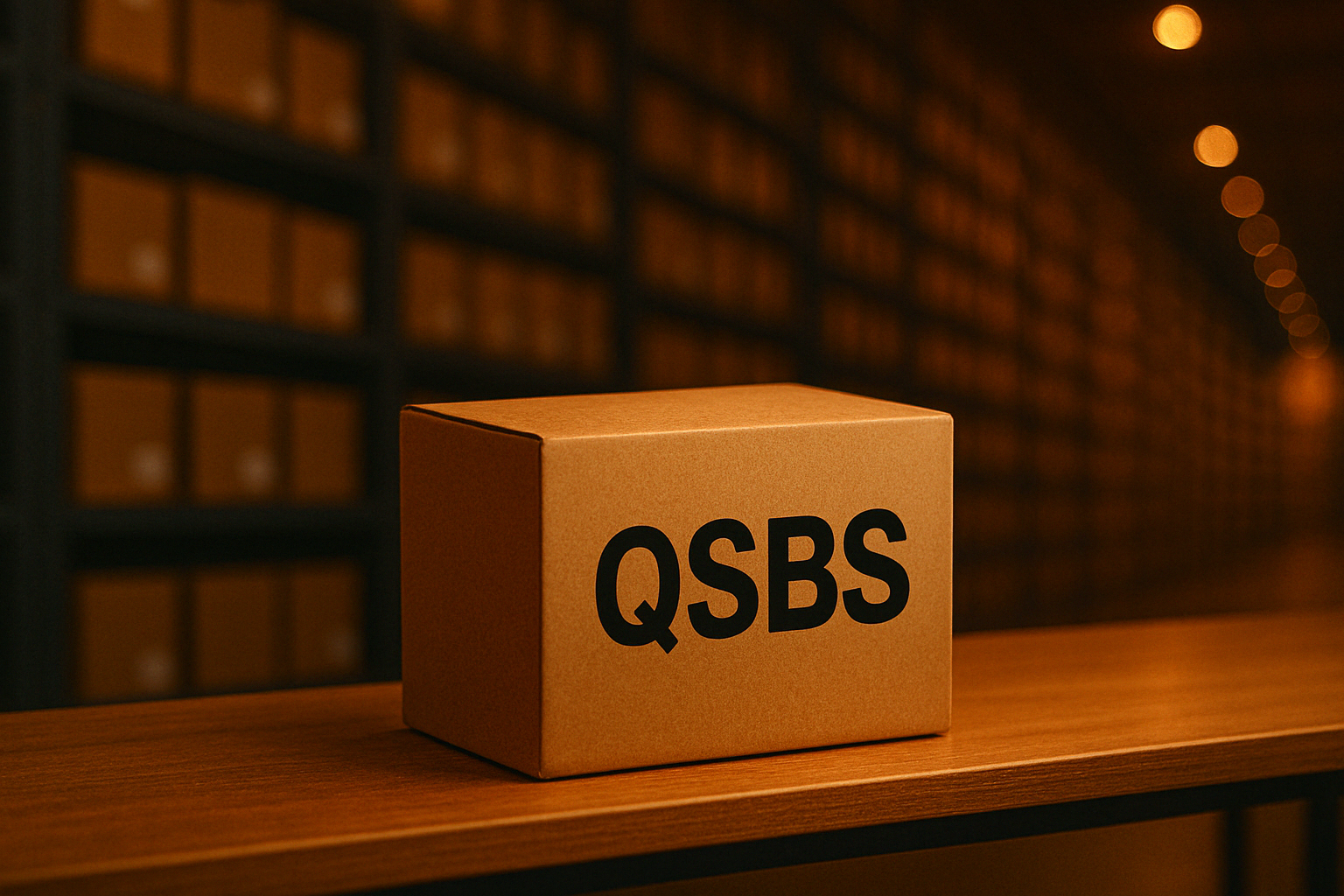Under IRC Section 1202(e), at least 80% of a company’s assets must be actively utilized in a “qualified trade or business”. To ensure that assets are being actively deployed towards the qualified trade, a limitation exists on the amount of working capital that can be held (IRC Section 1202(e)(6)), whereby no more than 50% of the company’s assets can be held as working capital. QSBS was not meant to prevent inventory-heavy businesses, such as manufacturing and retail, where high inventory levels are normal for companies, from qualifying, but the some applications of the way inventory is treated can have that unintended effect. Hence, a question emerges regarding how inventory is meant to be treated when assessing the QSBS active business requirement.
The Bardahl Manufacturing Corp. and Owen cases have helped shaped this discussion, however additional clarity is needed. The AICPA’s December 2024 comment letter to the IRS also seeks clearer guidance on how taxpayers can demonstrate these requirements have been met.
Where does working capital present itself in the QSBS eligibility criteria?
The Active Business Requirement under Section 1202(e) mandates, amongst its other requirements, that “at least 80% (by value)” of a corporation’s assets must be actively used in qualified trades or businesses for substantially all of a shareholder’s holding period. Further, the amount of “working capital” that can count towards the “active conduct” of the businesses is limited to 50% of the total value of assets of the company (see IRC Section 1202(e)(6)(B)).
The Working Capital Limitation under Section 1202(e)(6)(B) restricts the amount of working capital that can be used to calculate the 80% active business requirement with the 50% working capital limit. If a company holds excessive working capital assets (i.e., cash, cash equivalents, accounts receivable, etc.), only the balances up to 50% of the total value of the assets may count toward the 80% active business requirement.
Do the components of working capital include inventory?
As noted in the AICPA’s December 3, 2024, comment letter to the IRS, “the term ‘working capital’ is not defined for purposes of section 1202(e)(6)”.
The lack of a clear definition makes it challenging to validate that this requirement is met for certain companies. One key area of uncertainty is whether inventory should be considered part of working capital for QSBS purposes. While inventory is traditionally classified as a current asset, its liquidity varies depending on the kind of inventory held.
The Bardahl formula, used in assessing reasonable working capital for the accumulated earnings tax, considers inventory a necessary component of working capital within an operating cycle. However, this framework may not necessarily align with determinations of QSBS eligibility.
How is working capital defined in the Bardahl case?
Bardahl v Commissioner centered around whether Bardahl Manufacturing Corp. was accumulating excessive earnings without paying dividends, thereby avoiding shareholder income tax. The court needed to determine how much cash was required for operations and how much was excessive.
This led to the development of the Bardahl formula, which calculates ‘reasonable working capital’ based on a company’s operating cycle and expected cash needs to ensure retained earnings are necessary for operations rather than excess capital accumulation. The court analyzed Bardahl’s operating cycle, which averaged 4.2 months. The Bardahl formula determined that a company’s liquid assets in excess of operating expenses needed to sustain its business cycle may be considered excessive.
The Bardahl formula computes the working capital requirements of a company’s operating cycle to enable retained earnings to match operating needs. The case provides a pivotal framework for understanding how inventory functions as an essential element within a company’s operating cycle. The court emphasized that inventory is necessary for working capital when measured within a company’s operating cycle. The ruling recognized that businesses require sufficient working capital—including inventory—to maintain normal operations and meet production demands. The Bardahl decision supported a functional approach, evaluating the role of inventory in sustaining business activities.
The Owen Case Builds Upon Bardahl in Considering Inventory for QSBS
While the inventory classification within the context of working capital remains open to interpretation and potential scrutiny from the IRS, in Owen v. Commissioner, the Tax Court emphasized the need to consider the nature of the inventory.
In Owen, the Tax Court concluded that the company in question, J&L Gems, failed the active business requirement because its assets consisted of 92% cash. In a footnote however, the tax court seemed to ponder how they would have concluded if even all of the company’s cash had been spent on inventory. As noted in the footnote,
“The balance of the assets were held in the form of wholesale jewelry consisting of precious metals and precious stones, a form of liquidity favored by some over currency.” (see Owen v. C.I.R., T.C. Memo. 2012-21 (2012)).
As such, even if the company had invested 100% of its cash into their jewelry, the courts would still have determined the jewelry to be “cash equivalent”.
While the ruling doesn’t directly address how inventory that may not be considered “cash equivalents” would be treated for purposes of the active business requirement, it suggests that the IRS may evaluate the nature of the actual inventory items and how they are used in business operations. The Owen v. Commissioner ruling reiterates how the nature of the particular inventory matters—not just whether it is a current asset.
What have other thought leaders considered regarding the treatment of inventory regarding QSBS?
Some interpretations have questioned whether inventory should be included in QSBS’s working capital calculations at all. In Thee Quest for Quantum Exclusions article, the authors highlight that, “Section 1202 was never intended to preclude [inventory heavy] businesses from the definition of a ‘qualified trade or business.” Thus, it is reasonable to conclude that ‘working capital” is more narrowly defined [for QSBS purposes].”
The authors note how retail and grocery stores often have a significant portion (70% or more) of their assets in inventory, creating an unjust exclusion for certain QSBS businesses. Further, the article references how Opportunity Zone (QOZ) regulations allow firms to include or exclude inventory in calculations for investment standards but require consistency during application. Furthermore, the regulations narrowly define working capital, aligning with Section 1397C(e)(1) of the Code, which excludes any reasonable working capital held in cash, cash equivalents, or short-term debt instruments from nonqualified financial property.
While not directly applicable to QSBS, this precedent suggests that more explicit IRS guidance on inventory classification under Section 1202(e)(6) would help businesses navigate compliance.
In practice, Be Wary of Your Inventory!
From an accounting standpoint, inventory is classified as a current asset distinct from cash equivalents. However, under Section 1202(e)(6), certain types of inventory—particularly those with high resale value—could be reclassified as passive working capital. This is particularly concerning for industries with highly liquid inventory, such as jewelry, luxury goods, and commodity-based businesses and where there is not significant enterprise value in addition to the inventory value. For retail businesses, where inventory often constitutes a significant portion of assets, understanding this qualification is critical for compliance with Section 1202(e).
Take, for example, a company that created wearable sensor technology. While the company may hold high inventory levels, such inventory would likely only comprise a small portion of total asset value due to the company’s intellectual property (IP). If the company had $10 million in total assets, of which $1.5 million was inventory and $7.5 million was intellectual property, inventory would be only 15% of the total value.
As a general rule of thumb in order to meet the 80% QSBS active business requirement, inventory must be worth approximately 2x its cost to avoid working capital limitations. As such, businesses with lower-margin inventory may not be able to satisfy this requirement.
As demonstrated by the Owen case, businesses that hold significant amounts of inventory may need to be examined closely to better understand the nature of the inventory in determining whether the Active Business Requirement is met.
This article does not constitute legal or tax advice. Please consult with your legal or tax advisor with respect to your particular circumstance.


